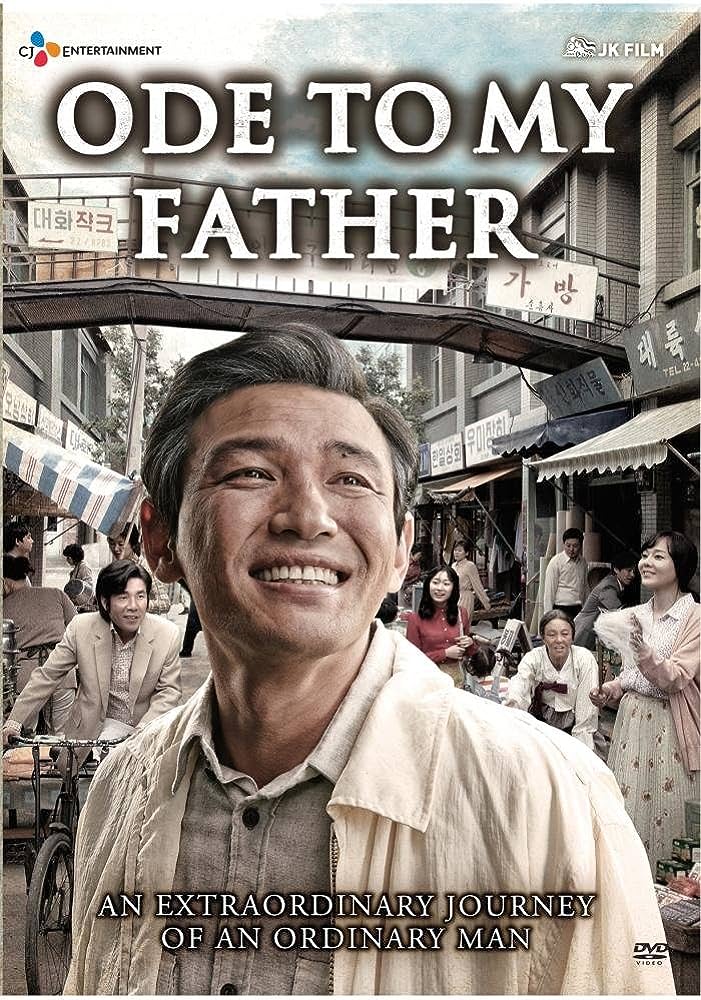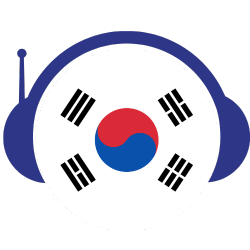Liberation Day
As calendars flip to the 15th of August, an air of solemn remembrance and national pride envelops South Korea. Known as Gwangbokjeol or "The Day the Light Returned," this day commemorates a pivotal moment in the nation's history. But what makes this day so special and why does it continue to resonate with Koreans both young and old?
Gwangbokjeol: The Dawn of Freedom
The 15th of August is not just a date; it’s a symbol of resilience and the indomitable spirit of the Korean people. In 1945, on this very day, Korea was liberated from the 35-year-long Japanese colonial rule, marking the end of an era filled with oppression, cultural erasure, and hardships for the Korean populace. It's a day that saw the dawn after a long, harsh night, bringing with it the promise of sovereignty and a hopeful future.
Today, Gwangbokjeol is celebrated with fervor and passion across South Korea. The streets come alive with the vibrant hues of the Taegukgi (the South Korean flag), and various events, from patriotic parades to solemn ceremonies, are held throughout the country. An integral part of the celebration is the ringing of the Bosingak bell in Seoul. Struck 33 times, it symbolizes the 33 patriots who participated in the March 1st Movement against Japanese rule in 1919.
The Shadows of History: Korea and Japan
The significance of Gwangbokjeol cannot be discussed without delving into the complex tapestry of Korean-Japanese relations. The Japanese occupation left profound scars on the Korean psyche, shaping a considerable portion of modern Korean identity. Historical grievances, such as the comfort women issue and forced labor, have long been points of contention between the two nations.
However, in recent times, there has been a concerted effort from both sides to address and mend past wounds. Dialogues at various levels, cultural exchanges, and joint ventures in business and technology are gradually fostering mutual understanding and respect. It's essential to acknowledge that the path to reconciliation is intricate and laden with sensitivities. But the evolving dynamics indicate a shared commitment to a more harmonious future.
Personal Echoes of the Past
The liberation of Korea wasn't just a political upheaval; it was a deeply personal watershed moment for countless Koreans who had endured years of suppression. Elderly citizens, their memories vivid with both the shadows and lights of the past, often speak of the raw emotion they felt on that day. One septuagenarian from Daegu reminisced, "We felt a profound mixture of relief, euphoria, and an overwhelming sense of reclaiming our homeland." As children ran through streets with makeshift Taegeukgi (Korean flags), the older generations wept, hugged, and sang, celebrating the newfound freedom. These deeply personal tales, though fading with time, remain pivotal. They bridge the gap between historical events and heartfelt experiences, ensuring that the true essence of liberation is passed down through generations.
Art Reflecting Life
Art and culture have a unique way of encapsulating emotions and narratives. South Korean cinema, literature, and music have consistently echoed the nation's journey through colonial hardships and the subsequent liberation. Movies such as "Ode to My Father" present tales of sacrifice and resilience, while novels, including "Human Acts" by Han Kang, delve deep into the psyche of a nation scarred but unbroken. These artistic expressions not only narrate historical events but also offer insights into the multi-dimensional human experiences molded by these occurrences.

The Numbers Speak
History is not just about events; it's about the patterns and connections that emerge over time. Despite the turbulent past, South Korea and Japan have intricately woven economic relationships. A deeper look at trade data reveals the resilience and adaptability of these Asian powerhouses. Their bilateral trade trajectory, beginning with basic commodities in the post-war period and evolving into sophisticated tech collaborations today, highlights the symbiotic nature of their partnership. Moreover, public sentiment surveys, especially among the younger generation, underscore a hopeful shift towards mutual understanding and shared aspirations.
Milestones in Shared History
Korea-Japan relations have been anything but linear. Charting their shared history offers a mosaic of highs and lows, collaborations and confrontations. While the early 20th century saw strained ties due to colonialism, post-liberation years were marked by diplomatic endeavors, leading to the Treaty on Basic Relations in 1965. From cultural exchanges in the 80s, rising tensions in the 2000s over territorial disputes, to recent joint efforts in addressing regional challenges, this timeline is a testament to the complexities inherent in their shared journey.
Engaging in Today's World
In today's interconnected world, South Korea and Japan find numerous avenues to collaborate. Whether it's through K-pop concerts in Tokyo, Japanese anime festivals in Seoul, or joint technological ventures, these interactions are continually reshaping their narrative. Each collaboration, beyond its immediate objective, carries the promise of a future defined by mutual respect and shared aspirations.
Dokdo Island: A Symbol of Sovereignty
Dokdo, a group of islets located in the East Sea, remains a deeply sensitive and symbolic issue in Korea-Japan relations. While the island is currently administered by South Korea, it has been a recurrent point of territorial contention between the two nations. For Koreans, Dokdo is not just about territorial rights; it's a symbol of the nation's sovereignty and its traumatic past with Japanese colonization.

Each year, especially around Gwangbokjeol, the significance of Dokdo is reiterated in ceremonies and public discourse. Schools, cultural events, and even popular media often reflect upon the island's importance, reinforcing its deep-rooted presence in the national consciousness. While Dokdo continues to be a delicate topic, it serves as a reminder of the complex journey both nations have embarked upon, emphasizing the necessity of dialogue, mutual respect, and understanding in the path ahead.
The Present and Beyond: Building Bridges
Today, while the memories of the past remain poignant, the landscape of Korea-Japan relations is gradually shifting. Both countries recognize the importance of collaboration in a rapidly changing global landscape. Trade partnerships, shared efforts in addressing regional challenges, and people-to-people ties have seen considerable growth, indicating a future of increased cooperation and mutual appreciation.
Younger generations, especially, play a crucial role in this transformation. The popularity of cultural exports such as K-pop, Japanese anime, and film has paved the way for a deeper, more nuanced understanding of each other's societies. These shared cultural moments create avenues for dialogue, bridging historical gaps and forging connections based on mutual admiration and respect.
As South Korea remembers its past and celebrates its journey every 15th of August, it's also a day to look forward with hope. In the spirit of Gwangbokjeol, may the light continue to shine, illuminating a path of peace, understanding, and shared prosperity with its neighbors.
A Global Perspective
Every nation has its stories of struggle and triumph. Placing Gwangbokjeol alongside global commemorations, such as India's 'Independence Day' or America's 'Fourth of July', provides a broader context. It accentuates the universal themes of resistance, resilience, and the indomitable spirit of communities rising against oppressions. Such parallels remind us that the quest for sovereignty and identity is a shared human experience, transcending borders.

